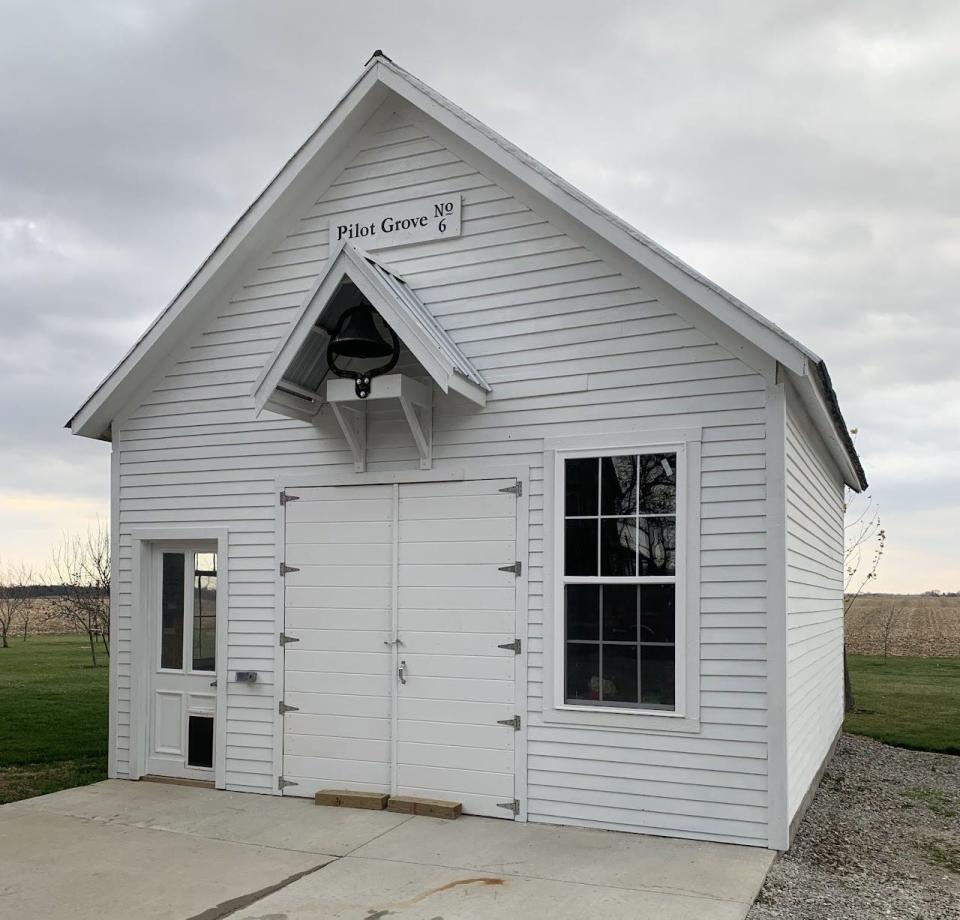Iowa’s population grew by 0.05% between 2020 and 2023, according to estimates from the U.S. Census Bureau. While some cities, such as Waukee, grew faster than the national average, other cities lost population.
Which cities in Iowa saw the largest population declines between 2020 and 2023?
Based on data from the US Census Bureau, these are the 10 cities in Iowa with the largest population declines.
Four cities tied with an 8% decline:
-
Murray, a small town in Clarke County, had a population of only 624 in 2023.
-
Albert City, in Buena Vista County, was the largest city with 626 residents.
-
Morning Sun in Louisa County had 693.
-
Mount Pleasant, the capital of Henry County, had a population of 8,581 in 2023.
Newell and Carbon each lost 7%.
Newell, located in Buena Vista County, had a population of 847 last year, while Carbon in Adams County had just 30. Carbon also ranks as the 24th smallest city in Iowa, with no businesses or services other than a church and community center.
Another four cities saw a 6% decline:
-
Woodburn, in Clarke County
-
Zearing, in Story County
-
Terril, in Dickinson County
-
Fenton, in the province of Kossouth
Woodburn was the smallest in this group, with only 141 residents last year. Zearing was the largest with 503.
How does education affect population growth?

With the exception of Mount Pleasant and Corning, no city that declined more than 5% had a population of more than 750. This is consistent with broader trends in America, as populations continue to concentrate in urban, suburban and metropolitan areas.
Education is a major factor driving this change. The National Rural Education Association’s 2023 report highlights the disparities in resources and funding between rural and more urban school districts. As parents and caregivers seek better education, they are incentivized to move closer to population centers.
Recent developments in Iowa’s legislation could contribute to this problem. As the Register previously reported, the school choice program launched last year is likely to divert money from rural school districts and shift it to private institutions. Similarly, the Register has reported how district consolidation — a phenomenon that occurs almost exclusively in rural areas — could create challenges for affected cities.
The 10 cities with the largest population declines were concentrated in eight provinces. Only three of those eight countries have a private school.
According to data from the Iowa Department of Education, in 2023, 41 of Iowa’s 99 counties had no private school. Another 24 counties had only one.
Ryan Magalhaand is a reporter for the Register. Reach them at rmagalhaes@dmreg.com.
This article originally appeared in the Des Moines Register: Which Iowa cities have lost the most residents since 2020?





